�
Evolutionary Intelligence
S. Sumathi · T. Hamsapriya · P. Surekha
Evolutionary Intelligence
An Introduction to Theory and Applications
with Matlab
�
S. Sumathi
T. Hamsapriya
P. Surekha
PSG College of Technology
Coimbatore
India
ISBN: 978-3-540-75158-8
e-ISBN: 978-3-540-75382-7
Library of Congress Control Number: 2007938318
c 2008 Springer-Verlag Berlin Heidelberg
This work is subject to copyright. All rights are reserved, whether the whole or part of the material is
concerned, specifically the rights of translation, reprinting, reuse of illustrations, recitation, broadcasting,
reproduction on microfilm or in any other way, and storage in data banks. Duplication of this publication
or parts thereof is permitted only under the provisions of the German Copyright Law of September 9,
1965, in its current version, and permission for use must always be obtained from Springer. Violations are
liable to prosecution under the German Copyright Law.
The use of general descriptive names, registered names, trademarks, etc. in this publication does not imply,
even in the absence of a specific statement, that such names are exempt from the relevant protective laws
and regulations and therefore free for general use.
Cover Design: Erich Kirchner, Heidelberg
Printed on acid-free paper
9 8 7 6 5 4 3 2 1
springer.com
�
Preface
EVOLUTIONARY INTELLIGENCE: Theoretical Advances and Applications in
Evolutionary Algorithms, Genetic Algorithms, Genetic Programming and Parallel
Genetic Algorithms is intended to help, provide basic information, and serve as a
first straw for individuals, who are stranded in the mind boggling universe of Evo-
lutionary Computation (EC). Over the course of the past years, global optimization
algorithms imitating certain principles of nature have proved their usefulness in var-
ious domains of applications. Especially worth learning are those principles where
nature has found “stable islands” in a “turbulent ocean” of solution possibilities.
Such phenomena can be found in annealing processes, central nervous systems and
biological Evolution, which in turn have lead to the following optimization meth-
ods: Simulated Annealing (SA), Artificial Neural Networks (ANNs) and the field of
Evolutionary Computation (EC).
EC may currently be characterized by the following pathways: Genetic Algo-
rithms (GA), Evolutionary Programming (EP), Evolution Strategies (ES), Classi-
fier Systems (CFS), Genetic Programming (GP), and several other problem solving
strategies, that are based upon biological observations, that date back to Charles
Darwin’s discoveries in the 19th century: the means of natural selection and the sur-
vival of the fittest, and theories of evolution. The inspired algorithms are thus termed
Evolutionary Algorithms (EA).
Despite decades of work in evolutionary algorithms, there remains a lot of un-
certainty as to when it is beneficial or detrimental to use recombination or mutation.
This book provides a characterization of the roles that recombination and muta-
tion play in evolutionary algorithms. Primary areas of coverage include the theory,
implementation, and application of genetic algorithms (GAs), genetic programming
(GP), parallel genetic algorithm (PGAs) and other variants of genetic and evolution-
ary computation. This book is ideal for researchers, engineers, computer scientists,
graduate students who consider what frontiers await their exploration.
v
�
vi
About the Book
Preface
This book gives a good introduction to evolutionary computation for those who are
first entering the field and are looking for insight into the underlying mechanisms
behind them. Emphasizing the scientific and machine learning applications of ge-
netic algorithms instead of applications to optimization and engineering, the book
could serve well in an actual course on adaptive algorithms. The author includes
excellent problem sets, these being divided up into “thought exercises” and “com-
puter exercises” in genetic algorithm. Practical use of genetic algorithms demands
an understanding of how to implement them, and the author does so in the last two
chapters of the book by giving the applications in various fields. This book also out-
lines some ideas on when genetic algorithms and genetic programming should be
used, and this is useful since a newcomer to the field may be tempted to view a ge-
netic algorithm as merely a fancy Monte Carlo simulation. The most difficult part of
using a genetic algorithm is how to encode the population, and the author discusses
various ways to do this. Various “exotic” approaches to improve the performance
of genetic algorithms are also discussed such as the “messy” genetic algorithms,
adaptive genetic algorithm and hybrid genetic algorithm.
Salient Features
ary Algorithms, Genetic Algorithm and Genetic Programming
The salient features of this book includes,
Detailed description on Evolutionary Computation Concepts such as Evolution-
A thorough understanding of Parallel Genetic Algorithm and its models
Worked out examples using MATLAB software
Application case studies based on MATLAB in various fields like Control Sys-
tems, Electronics, Image Processing, Power Electronics, Signal Processing, Com-
munication and VLSI Design.
MATLAB Toolboxes for Evolutionary Computation, Research Projects, Genetic
Algorithm Codes in ‘C’ language, Abbreviations EC class/code libraries and
software kits & Glossary.
Organization of the Book
Chapter 1 describes the history of evolutionary computation in brief and discusses
the biological and artificial evolutionary process. The basic principle of evolution –
Darwin’s theory of evolution is described in detail in this chapter. A note on Genetics
and the four important paradigms of EC are discussed in detail. An introduction to
�
Preface
vii
global optimization and global optimization techniques such as Branch and Bound,
Hybrid models, Tabu search etc., are elaborated in this chapter.
Chapter 2 provides an insight into the principles of evolutionary algorithms and
its structure. This chapter also elaborates on the components of EAs as representa-
tion, fitness function, population initialization, selection, recombination, mutation,
reinsertion and reproduction. EAs often take less time to find the optimal solution
than gradient methods. However, most real-world problems involve simultaneous
optimization of several often mutually concurrent objectives. Multi-objective EAs
are able to find optimal trade-offs in order to get a set of solutions that are optimal
in an overall sense. This chapter also discusses Multi-objective optimization using
evolutionary algorithms.
Chapter 3 deals with the evolution of GA along with the operational functionali-
ties of basic GA. The schema theorem is described with suitable illustrations. Some
of the advanced operators that are used in GA are discussed and the types of GA
such as parallel, sequential, hybrid, adaptive etc., are discussed in this chapter. The
chapter also provides a set of basic MATLAB illustrations along with suitable codes.
In chapter 4, a brief history of genetic programming is discussed. To get an idea
about programming a basic introduction to Lisp Programming Language is dealt.
The basic operations of GP are discussed along with an illustration. The steps of
GP are also illustrated along with a flow chart and enhanced versions of GP such as
Meta GP, Cartesian GP and Strongly Typed GP are also elaborated in this chapter.
Chapter 5 deals with Parallel GA and an overview of parallel and distributed
computer architecture. The classification of PGA and the various models are ex-
plained in detail with necessary illustrations. Communication topologies play a vital
role in the classification of PGA. The advantages of PGA are also delineated.
Chapter 6 presents the applications of EA in the area of Biometric processing,
engineering design, grammar development, waveform synthesis, scheduling earth
observing satellites and portfolio optimization for general risk measures.
Chapter 7 presents the recent approaches of Genetic Algorithm with application
examples in the areas of control systems, electronics, image processing, power elec-
tronics, signal processing, VLSI and Communication Systems.
Chapter 8 illustrates the application examples based on Genetic Programming
in the areas of robotics, biomedical, physical science, interprocess communication,
civil engineering, process control systems and artificial intelligence.
Chapter 9 describes the Parallel GA application in timetable problem solving, as-
sembling DNA Fragments, solving Job Shop Scheduling Problems, Graph Coloring
Problems and Ordering Problems.
About the Authors
The Author Dr.S. Sumathi born on 31.01.1968 completed B.E Degree in Electron-
ics and Communication Engineering and Masters Degree in Applied Electronics at
Government College of Technology, Coimbatore, TamilNadu. The Author got Ph.D.
�
viii
Preface
Degree in the area of Data Mining currently, working as Assistant Professor in the
Department of Electrical and Electronics Engineering, PSG College of Technology,
Coimbatore with teaching and research experience of 16 years.
The Author received the prestigious Gold Medal from the Institution of Engi-
neers Journal Computer Engineering Division - Subject Award for the research
paper titled, “Development of New Soft Computing Models for Data Mining”
2002-2003 and also Best project award for UG Technical Report titled, “Self Or-
ganized Neural Network Schemes: As a Data mining tool”, 1999. She received
Dr.R Sundramoorthy award for Outstanding Academic of PSG College of Technol-
ogy in the year 2006. The author has guided a project which received Best M.Tech
Thesis award from Indian Society for Technical Education, New Delhi.
In appreciation of publishing various technical articles the Author has received
National and International Journal Publication Awards – 2000–2003. She prepared
Manuals for Electronics and Instrumentation Lab and Electrical and Electronics
Lab of EEE Department, PSG College of Technology, Coimbatore and also orga-
nized second National Conference on Intelligent and Efficient Electrical Systems in
the year 2005 and conducted Short Term Courses on “Neuro Fuzzy System Princi-
ples and Data Mining Applications”, November 2001 & 2003. Dr.Sumathi has pub-
lished several research articles in National & International Journals/Conferences
and guided many UG and PG projects. She has also published books on, “Intro-
duction to Neural Networks with MATLAB”, “Introduction to Fuzzy Systems with
MATLAB”, “Introduction to Data mining and its Applications” and “LabVIEW
based Advanced
in
National / International Journals and Conferences. The Research interests include
Neural Networks, Fuzzy Systems and Genetic Algorithms, Pattern Recognition and
Classification, Data Warehousing and Data Mining, Operating systems and Parallel
Computing etc.
Instrumentation
reviewed
Systems”
She
papers
Ms.T. Hamsapriya was born at Salem on 26th September 1967. She received
her B.E and M.E degree from P.S.G College of Technology, Coimbatore. She has
submitted her Ph.D thesis in Parallel Computing .She is currently working as an
Assistant Professor in the Department of Computer Science and Engineering, PSG
College of Technology, Coimbatore. She has four years of Industrial experience and
twelve years of teaching experience.
She is a life member of ACS, SSI and ISTE. She is closely associated with
many industrial training programmes. She has published several research papers
in National and International Journals. She has reviewed papers and chaired many
National/International Conferences. Her area of interests includes Parallel and Dis-
tributed Computing, Grid Computing, Advanced Computer Architecture, Genetic
algorithms and Neural networks.
Ms. Surekha P has completed her B.E Degree in Electrical and Electronics Engi-
neering in PARK College of Engineering and Technology, Coimbatore, Tamil Nadu,
and Masters Degree in Control Systems at PSG College of Technology, Coimbatore,
Tamil Nadu. She was a Rank Holder in both B.E and M.E Degree programme. She
has received Alumni Award for best performance in curricular and co-curricular ac-
tivities during her Masters Degree programme. She has presented papers in National
�
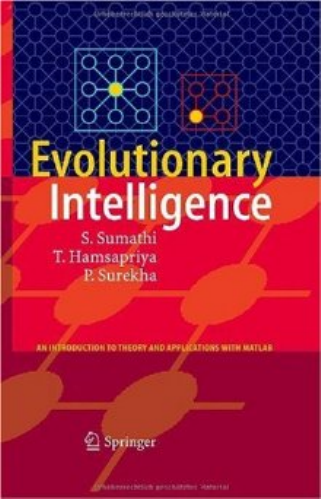

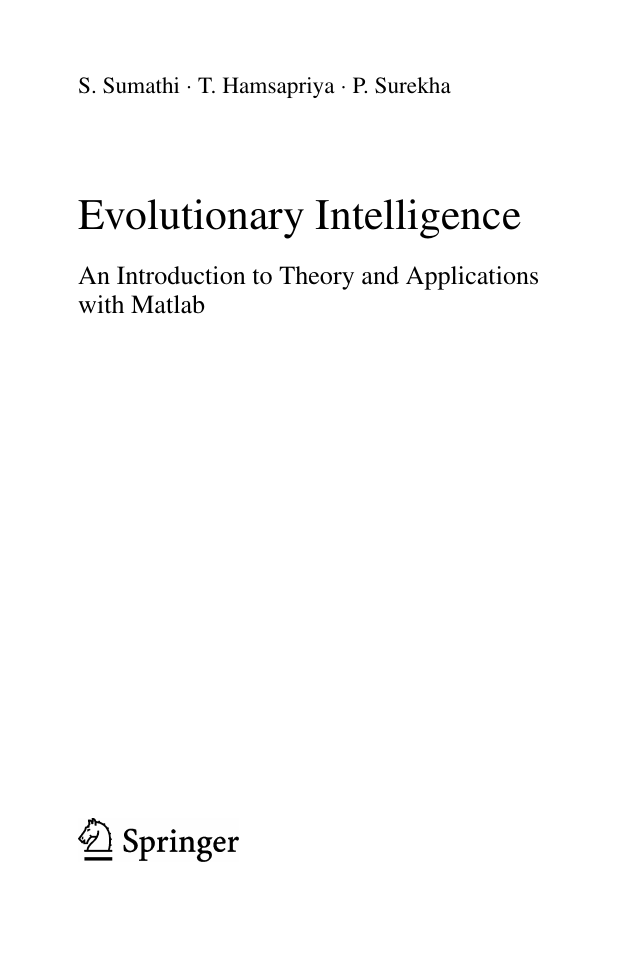
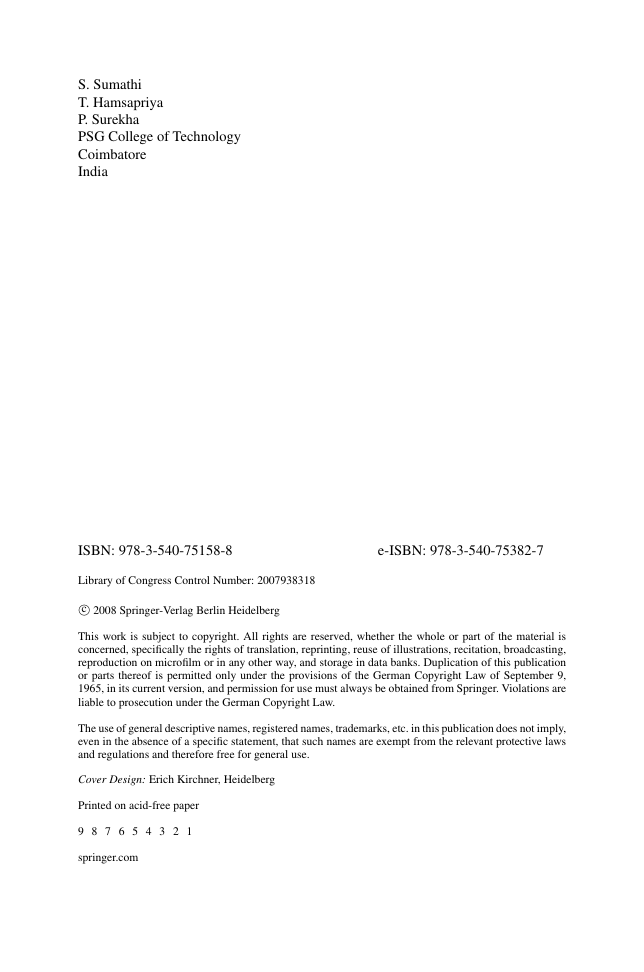
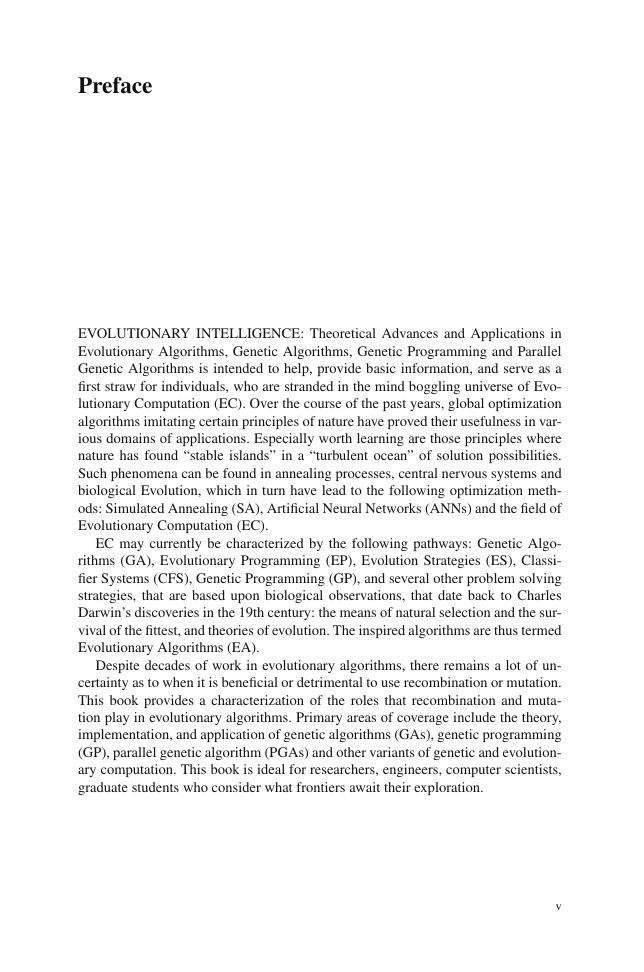
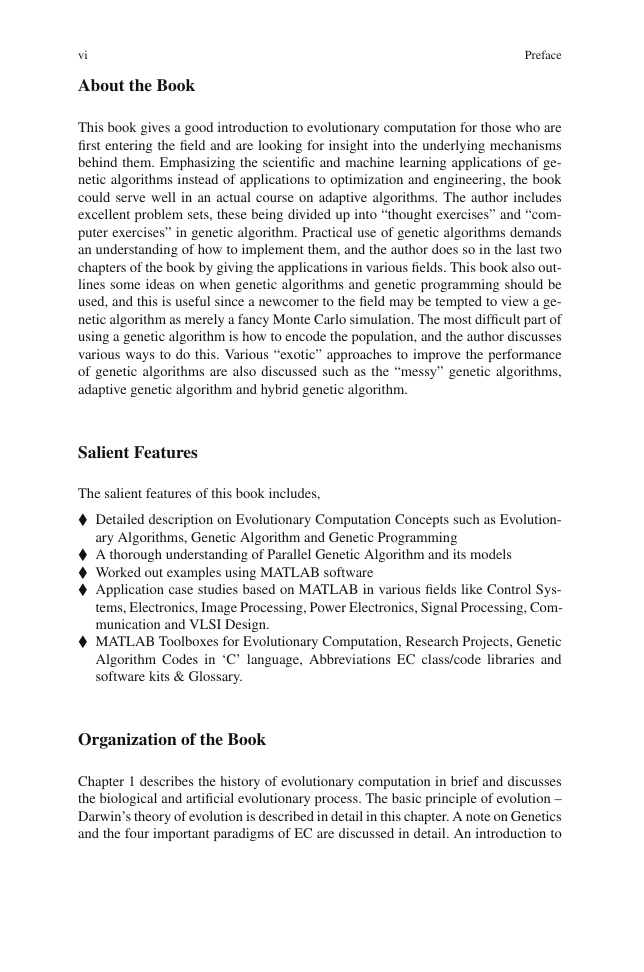

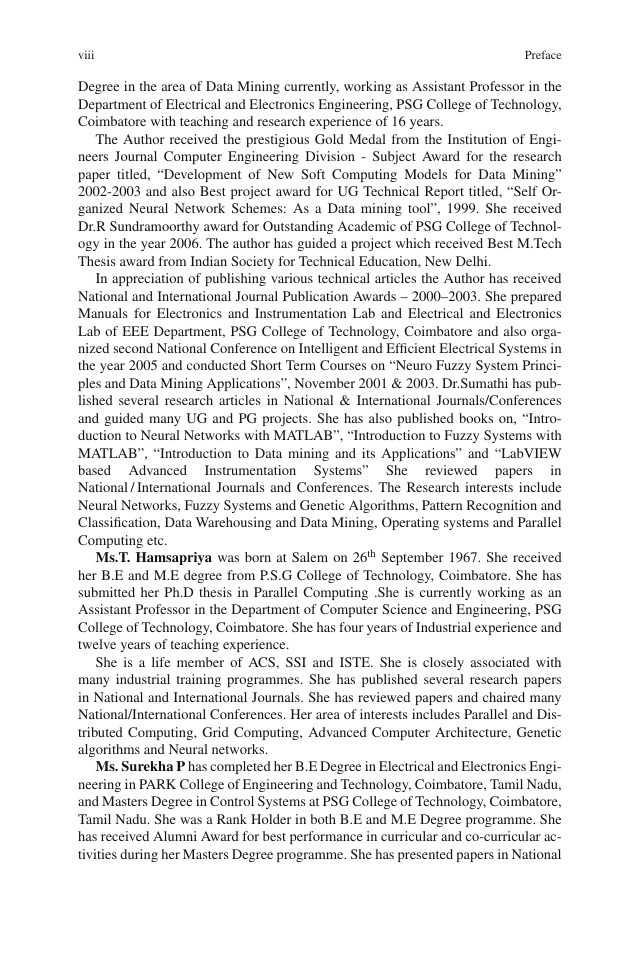








 2023年江西萍乡中考道德与法治真题及答案.doc
2023年江西萍乡中考道德与法治真题及答案.doc 2012年重庆南川中考生物真题及答案.doc
2012年重庆南川中考生物真题及答案.doc 2013年江西师范大学地理学综合及文艺理论基础考研真题.doc
2013年江西师范大学地理学综合及文艺理论基础考研真题.doc 2020年四川甘孜小升初语文真题及答案I卷.doc
2020年四川甘孜小升初语文真题及答案I卷.doc 2020年注册岩土工程师专业基础考试真题及答案.doc
2020年注册岩土工程师专业基础考试真题及答案.doc 2023-2024学年福建省厦门市九年级上学期数学月考试题及答案.doc
2023-2024学年福建省厦门市九年级上学期数学月考试题及答案.doc 2021-2022学年辽宁省沈阳市大东区九年级上学期语文期末试题及答案.doc
2021-2022学年辽宁省沈阳市大东区九年级上学期语文期末试题及答案.doc 2022-2023学年北京东城区初三第一学期物理期末试卷及答案.doc
2022-2023学年北京东城区初三第一学期物理期末试卷及答案.doc 2018上半年江西教师资格初中地理学科知识与教学能力真题及答案.doc
2018上半年江西教师资格初中地理学科知识与教学能力真题及答案.doc 2012年河北国家公务员申论考试真题及答案-省级.doc
2012年河北国家公务员申论考试真题及答案-省级.doc 2020-2021学年江苏省扬州市江都区邵樊片九年级上学期数学第一次质量检测试题及答案.doc
2020-2021学年江苏省扬州市江都区邵樊片九年级上学期数学第一次质量检测试题及答案.doc 2022下半年黑龙江教师资格证中学综合素质真题及答案.doc
2022下半年黑龙江教师资格证中学综合素质真题及答案.doc